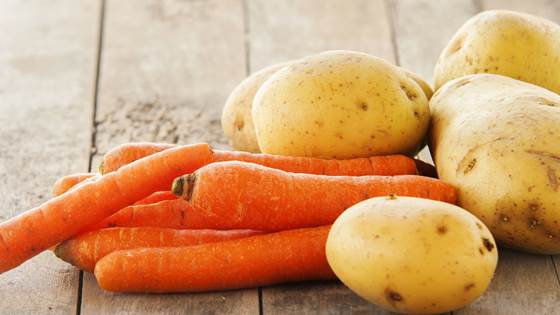
Ozone for preserving fruit and vegetables in Norway
How can we reduce food waste and at the same time preserve the quality of Norwegian fruit and vegetables? This is the question that researchers at SINTEF Ocean want to answer this project.

How can we reduce food waste and at the same time preserve the quality of Norwegian fruit and vegetables? This is the question that researchers at SINTEF Ocean want to answer this project.
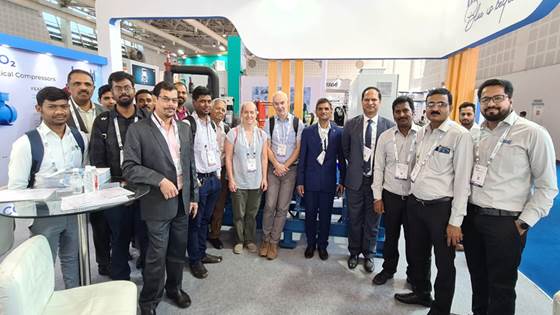
INDEE3 supports sustainable cooling and heating in India by promoting natural refrigerants, reducing emissions, and boosting cold chain efficiency in food, seafood, and building sectors.
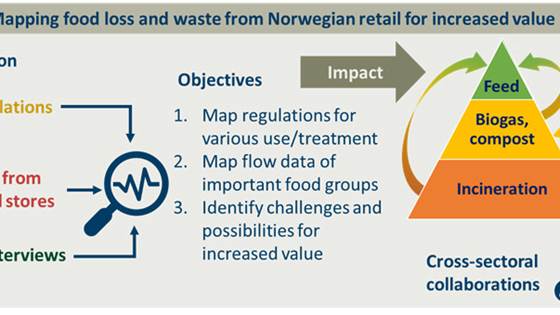
In this pilot project, food waste in Norwegian grocery stores will be mapped to highlight effective measures and assess opportunities for increasing the use of biogas and combustion for feed.
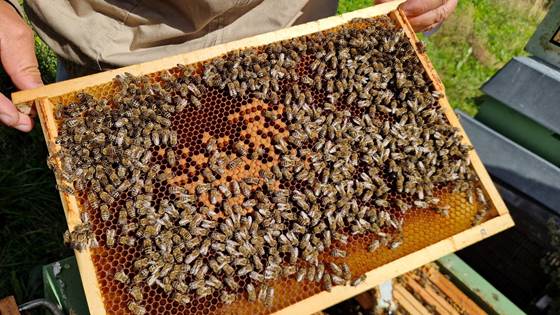
Beefutures, SINTEF and NINA are joining forces to gain insight into bee decline and environmental stressors impacting ecosystem health and biodiversity.
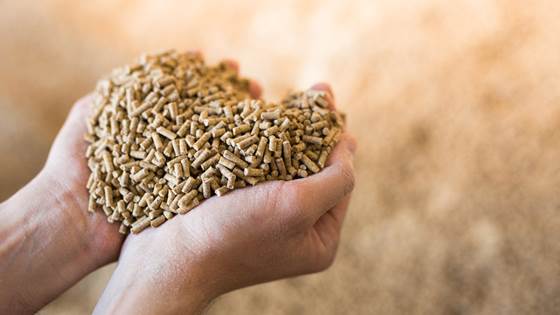
SocialFeed will develop a firm foundation on social sustainability assessment specifically adapted to the Norwegian agri- and aquafeed sectors and evaluate the sector’s net social footprint.
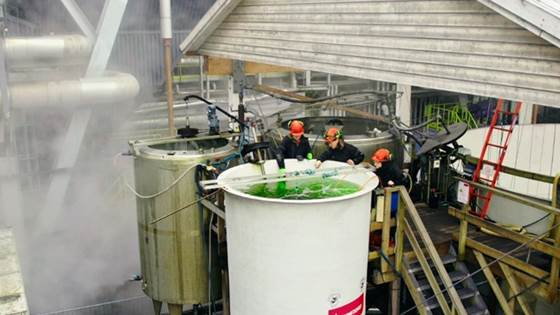
The goal for Microfeed is to be able to use diatoms as a raw material in salmon feed by contributing with documentation to show the effect of diatoms on nutrition, health and quality of salmon fish.
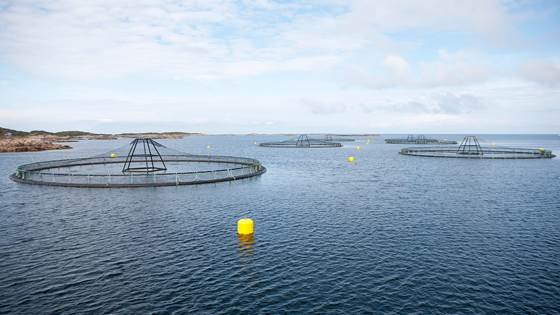
The aquaculture industry invests significant resources to ensure optimal fish health, welfare, and survival until harvest. The primary goal is to reduce the proportion of fish that die before regular slaughter. However, utilizing the mortalities that...
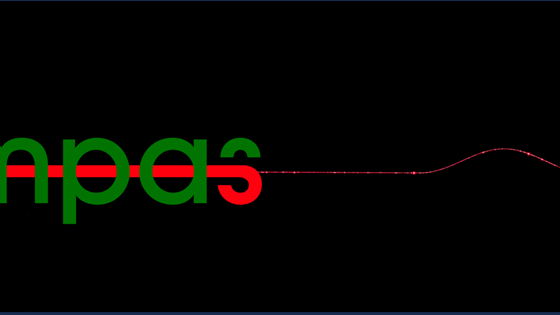
The main objective of COMPAS is to develop a compact, inexpensive, and ultrasensitive PIC sensing platform (PSP) for air and water monitoring, relying on the co-integration of light source, detectors, and electronic IC for on-chip signal processing.

JORDBÆRA develops a knowledge base for sustainable land use with a focus on soil protection, food security, and cross-sectoral planning.
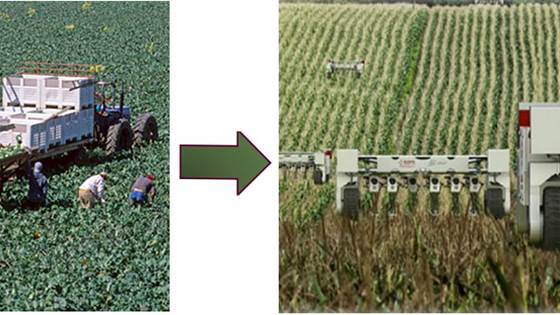
It is still incredibly difficult to achieve safe and reliable full autonomy in real-world outdoor environments (field robots). Furthermore, robot manipulation in uncontrolled environments such as agricultural settings is a slow and painstaking...
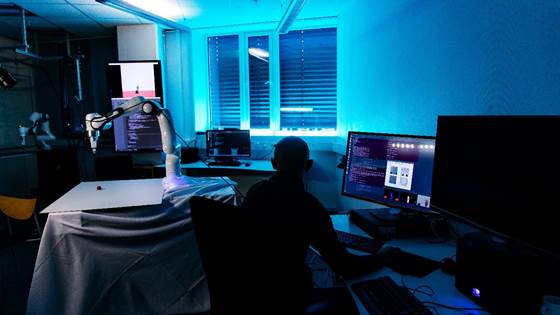
A Visual-Tactile Perception and Control Framework for Advanced Manipulation of 3D Compliant Objects.

Globally, the food chain is estimated to account for 33% of the total GHG emissions. Reduction of these emissions will require advanced technology, innovation and research. In this project, we will address these challenges we will suggest practical...
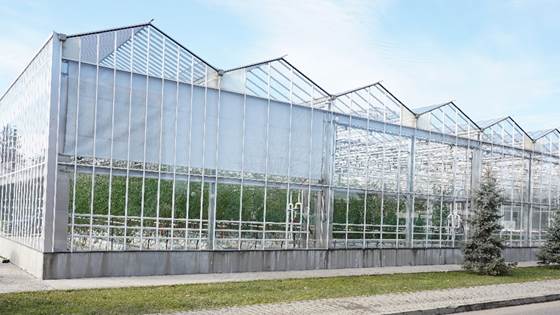
Energy-efficient climate control of a greenhouse for increased productivity
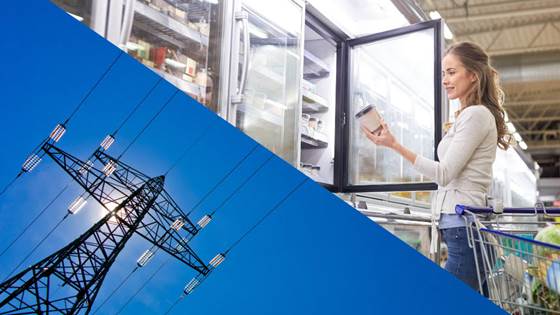
PCM-STORE gathers dairies, fish industries, food processing plants, supermarkets, technology suppliers and power grid operators to work towards a common goal: Solving energy storage challenges in support of a more energy-efficient industrial future.
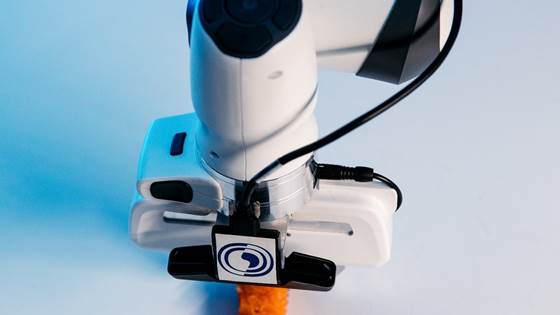
Gentle Robotic Manipulation of 3D Compliant Objects.
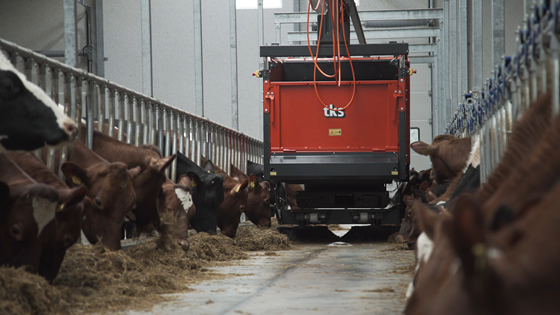
The FeedCarrier project will develop an automatic feeding system that analyses, fills, and distributes feed fully automatically, thereby reducing manual labour and improving safety for the farmer as well as enabling precise control over the timing...
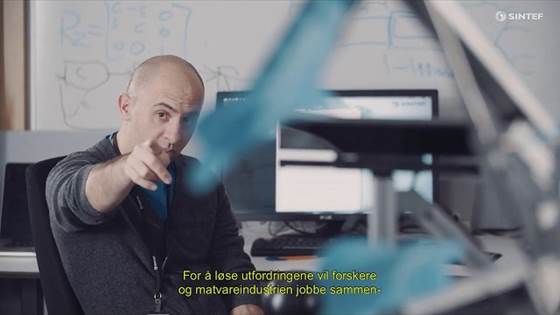
Eyes, brain and hands: these are the tools that shall carry Norwegian fish, agriculture and aquaculture from harvest and production, through careful processing, until it reaches the consumer.